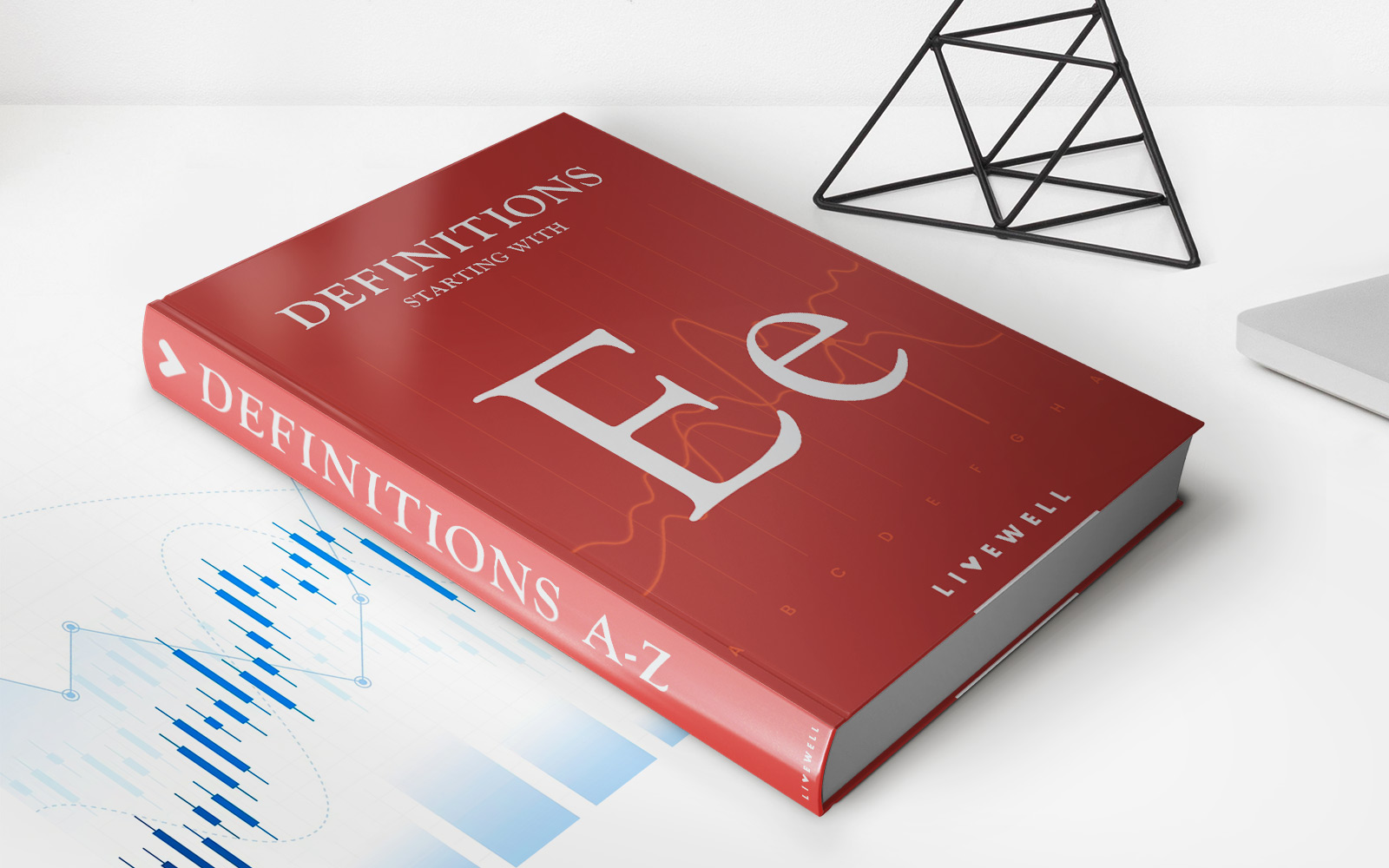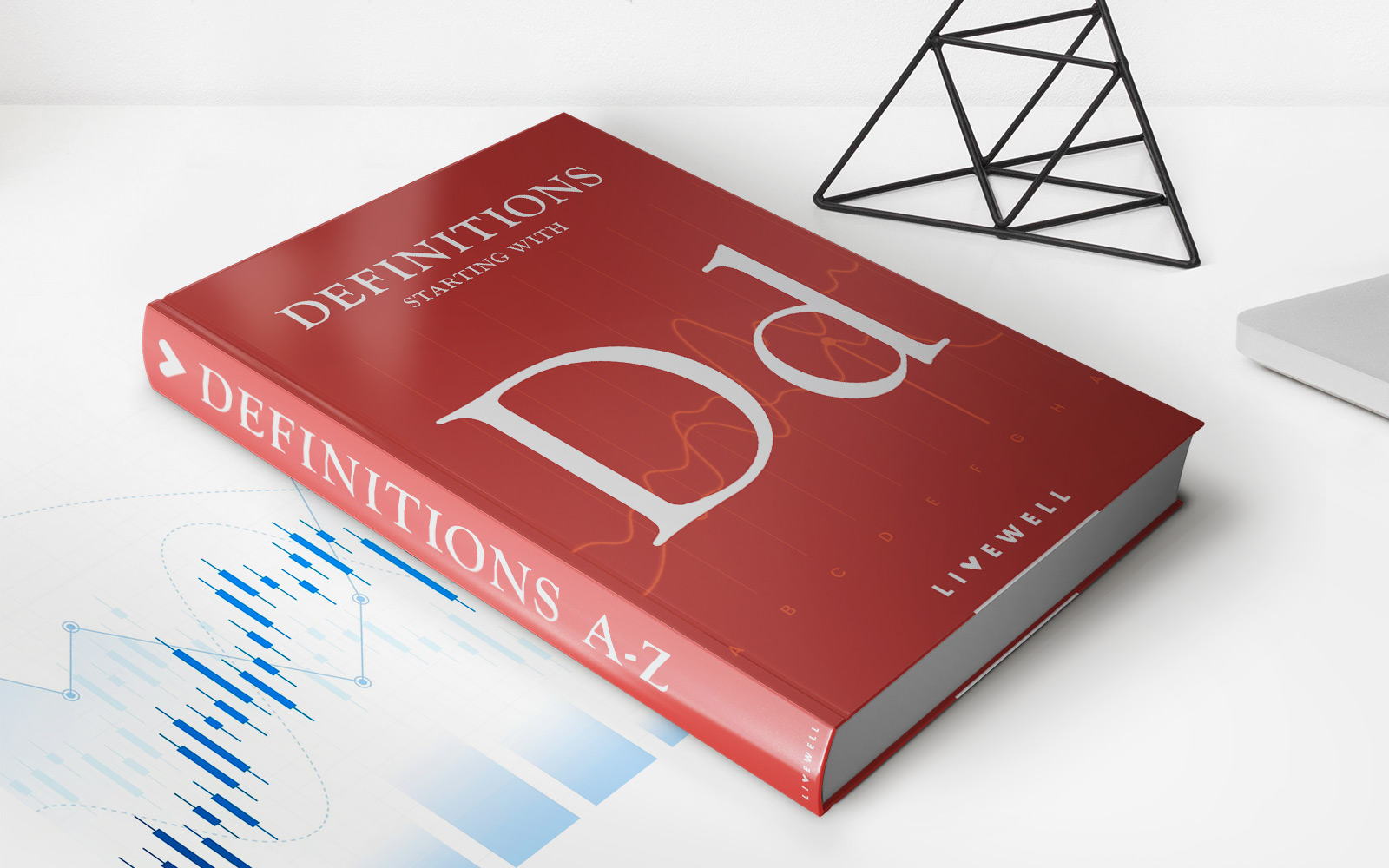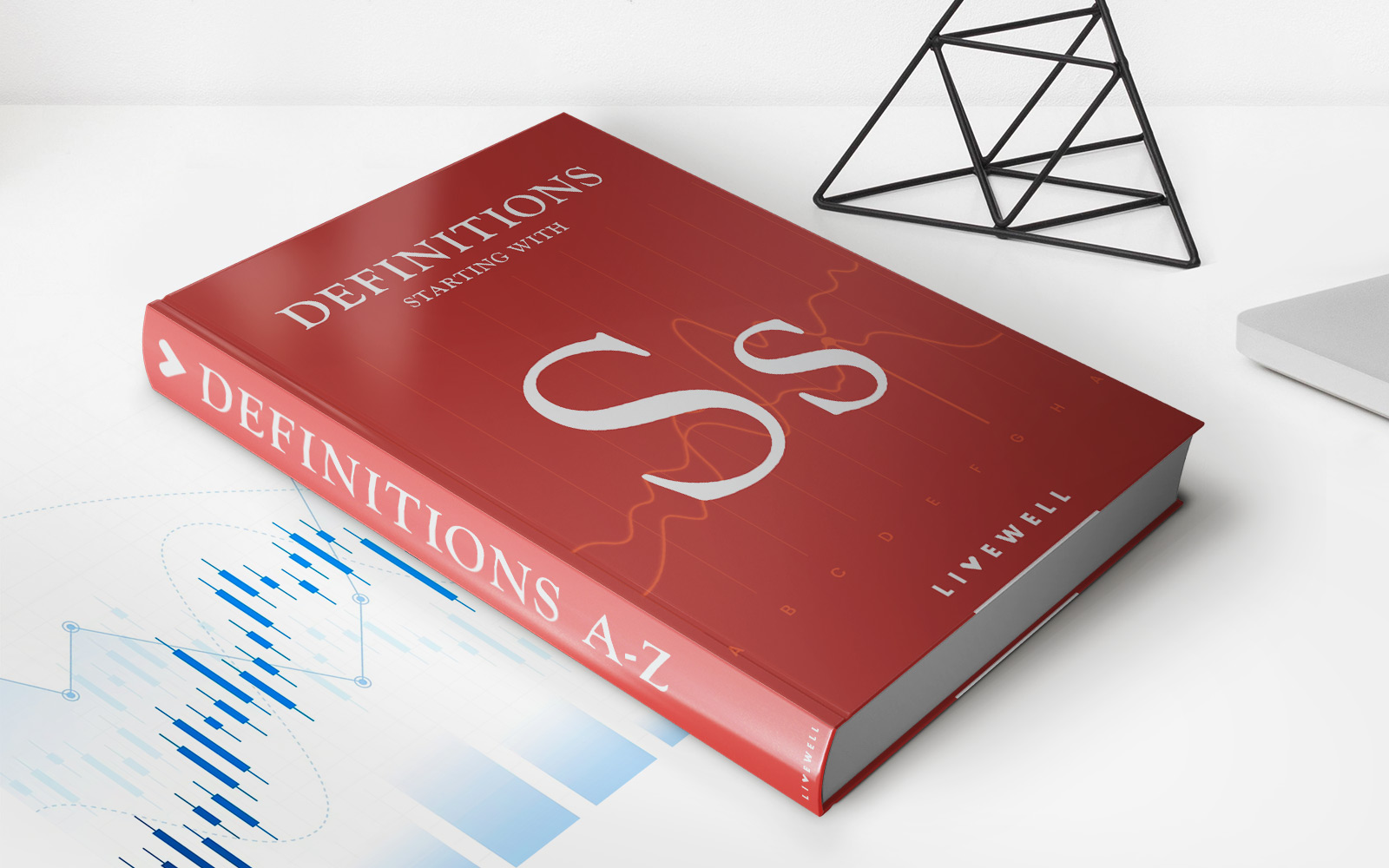Home>Finance>What Is The Statement Balance At Bank Of America?


Finance
What Is The Statement Balance At Bank Of America?
Modified: March 3, 2024
Learn about the statement balance at Bank of America and manage your finances effectively. Get insights into finance with Bank of America.
(Many of the links in this article redirect to a specific reviewed product. Your purchase of these products through affiliate links helps to generate commission for LiveWell, at no extra cost. Learn more)
Table of Contents
Introduction
Understanding your statement balance at Bank of America is essential for managing your finances effectively. This balance represents the amount you owe on your credit card or the funds available in your checking or savings account at a specific point in time. By comprehending and monitoring your statement balance, you can make informed financial decisions and maintain control over your spending and saving habits.
The statement balance is a crucial component of your overall financial picture, providing a snapshot of your account's status at the end of a billing cycle. Whether you're striving to pay off credit card debt, build an emergency fund, or simply stay on top of your financial obligations, grasping the concept of statement balance is fundamental to achieving your monetary goals.
In this article, we will delve into the significance of statement balance, explore how to check it at Bank of America, and offer tips for effectively managing this aspect of your financial life. By the end, you'll have a comprehensive understanding of statement balance and the tools to leverage it to your advantage. Let's embark on this financial journey to demystify the statement balance at Bank of America and empower you to take control of your finances.
Understanding Statement Balance
Statement balance, in the context of a credit card, refers to the total amount you owe to the credit card issuer at the end of a billing cycle. It encompasses purchases, balance transfers, cash advances, and any applicable fees or interest charges accrued during the billing period. This balance is crucial because it determines the minimum payment due and the amount that, if paid in full, can help you avoid interest charges.
For checking and savings accounts, the statement balance represents the funds available in the account at the end of a statement period. This balance is influenced by deposits, withdrawals, earned interest, and any applicable fees. Understanding the statement balance for these accounts is essential for managing your cash flow, tracking your savings progress, and ensuring that you have sufficient funds to cover expenses.
It’s important to note that the statement balance is distinct from the current balance. The current balance reflects transactions that have been processed but may not include pending transactions or fees yet to be applied. On the other hand, the statement balance is a snapshot of your account at the end of the billing cycle, encompassing all finalized transactions and charges up to that point.
By comprehending the nuances of statement balance, you can gain insight into your financial standing and make informed decisions regarding debt repayment, savings goals, and overall budgeting. Monitoring this balance regularly empowers you to stay proactive in managing your financial resources and avoiding potential pitfalls such as overspending or incurring unnecessary fees.
Importance of Statement Balance
The statement balance holds significant importance in managing your financial well-being. For credit card holders, understanding and addressing the statement balance is crucial for maintaining a healthy credit profile and avoiding unnecessary interest charges. By paying the statement balance in full and on time, you can effectively manage your credit utilization ratio and demonstrate responsible credit management to potential lenders.
Moreover, the statement balance serves as a barometer for your spending habits and financial discipline. By consistently monitoring and addressing this balance, you can cultivate responsible financial behaviors and avoid falling into the trap of revolving credit card debt. This proactive approach can contribute to improved financial stability and peace of mind.
For checking and savings accounts, the statement balance provides a clear overview of your available funds at a specific point in time. This knowledge is invaluable for budgeting, planning for upcoming expenses, and ensuring that you maintain a healthy cash reserve for unforeseen circumstances. By staying attuned to your statement balance, you can make informed decisions about saving, spending, and managing your overall financial resources.
Furthermore, the statement balance serves as a reference point for reconciling your financial records and identifying any discrepancies or unauthorized transactions. Regularly reviewing this balance can help you detect potential errors or fraudulent activity, allowing you to take prompt action to safeguard your financial assets.
In essence, the statement balance is a cornerstone of sound financial management. Whether it pertains to credit card debt or the funds in your bank accounts, understanding and proactively addressing this balance can lead to improved financial health, reduced stress, and greater control over your monetary affairs.
How to Check Statement Balance at Bank of America
Bank of America offers multiple convenient methods for checking your statement balance, empowering you to stay informed about your financial status and make informed decisions. Here are the primary ways to access your statement balance:
- Online Banking: Bank of America’s online banking platform provides 24/7 access to your account information, including your statement balance. Upon logging into your online banking account, you can navigate to the account summary or statements section to view your current statement balance and access past statements for reference.
- Mobile Banking App: The Bank of America mobile banking app allows you to check your statement balance on the go. By logging in to the app, you can easily view your account balances, including the statement balance for your credit cards or deposit accounts. The app also offers features for mobile check deposit, bill payment, and account management.
- ATM: If you prefer in-person banking, Bank of America’s ATMs provide the option to check your account balances, including the statement balance for your checking and savings accounts. Simply insert your debit card and follow the on-screen prompts to access this information securely.
- Customer Service: Bank of America’s customer service representatives are available to assist you in checking your statement balance over the phone. Whether you have specific inquiries about your credit card balance or need to verify the funds in your checking or savings account, the customer service team can provide accurate and timely information.
By leveraging these accessible channels, you can stay proactive in monitoring your statement balance, tracking your financial progress, and addressing any discrepancies or concerns in a timely manner. Whether you prefer the convenience of online and mobile banking or the personalized assistance of in-person or phone support, Bank of America offers versatile options to accommodate your individual banking preferences.
Tips for Managing Statement Balance
Effectively managing your statement balance is pivotal for maintaining financial stability and making substantial progress towards your monetary goals. Consider implementing the following tips to navigate and optimize your statement balance at Bank of America:
- Regular Monitoring: Make it a habit to monitor your statement balance consistently, whether through online banking, mobile apps, or periodic account statements. This proactive approach enables you to stay informed about your financial standing and address any discrepancies promptly.
- Timely Payments: For credit card statement balances, strive to make timely and complete payments to avoid accruing interest charges. By paying the full statement balance by the due date, you can sidestep interest fees and maintain a positive credit history.
- Budgeting and Planning: Incorporate your statement balance into your budgeting efforts, ensuring that you allocate funds for essential expenses while also setting aside savings to bolster your financial resilience. By aligning your spending with your statement balance, you can avoid overspending and maintain a healthy financial outlook.
- Emergency Fund: Consider building an emergency fund to cushion unforeseen financial challenges. By setting aside a portion of your statement balance into a dedicated savings account, you can fortify your financial safety net and mitigate the impact of unexpected expenses.
- Utilize Alerts and Notifications: Take advantage of Bank of America’s account alert features to receive notifications about your statement balance, upcoming payments, and potential fraudulent activity. These alerts can help you stay vigilant and take proactive measures to safeguard your financial accounts.
- Review Statements Thoroughly: When your statement is available, review it meticulously to ensure that all transactions are accurate and authorized. If you identify any discrepancies or unfamiliar charges, promptly notify the bank to address potential errors or fraudulent activity.
- Seek Financial Guidance: If you encounter challenges in managing your statement balance or navigating financial uncertainties, consider seeking guidance from financial advisors or utilizing Bank of America’s educational resources to enhance your financial literacy and decision-making.
By integrating these strategies into your financial management approach, you can cultivate a proactive and informed stance towards your statement balance, fostering financial well-being and resilience in the face of evolving economic circumstances.
Conclusion
Understanding and managing your statement balance at Bank of America is integral to maintaining control over your financial well-being. Whether it pertains to credit card balances or the funds in your checking and savings accounts, the statement balance serves as a vital indicator of your financial status at a specific point in time. By staying attuned to this balance and implementing sound financial practices, you can navigate your financial journey with confidence and purpose.
Regularly monitoring your statement balance empowers you to make informed decisions about budgeting, debt management, and savings goals. By leveraging Bank of America’s accessible platforms, including online banking, mobile apps, and customer service channels, you can stay informed about your statement balance and take proactive steps to address any financial concerns.
Furthermore, by adhering to best practices such as timely payments, budgeting, and thorough account review, you can effectively manage your statement balance and enhance your overall financial resilience. These strategies enable you to maintain a healthy credit profile, safeguard your financial assets, and make meaningful progress towards your financial aspirations.
As you navigate the intricacies of your financial landscape, remember that your statement balance is not just a number on a page; it is a reflection of your financial habits, discipline, and aspirations. By approaching it with attentiveness and diligence, you can harness the power of your statement balance to propel your financial well-being forward.
In closing, by embracing the tips and insights shared in this article, you are equipped to navigate the realm of statement balance with confidence and purpose. Empower yourself with financial knowledge, leverage accessible banking tools, and cultivate proactive financial habits to steer your financial journey towards success and security.














